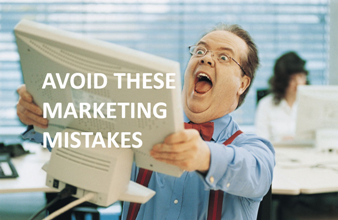18 Lessons learned
of an Industrial Marketer:


Why some of the marketing best practices that work so well for consumer,
Saas and off-the-shelf products, fail miserably when Business Owners and CEOs ask us to implement them to market equipment and services
to the ETO (Engineering to Order) industries: Aerospace, Energy, Oil&Gas, Automation?
Let me try to answer with a few lessons I have learned about industrial marketing:
And if you are messing up with Go To Market, get help here:
